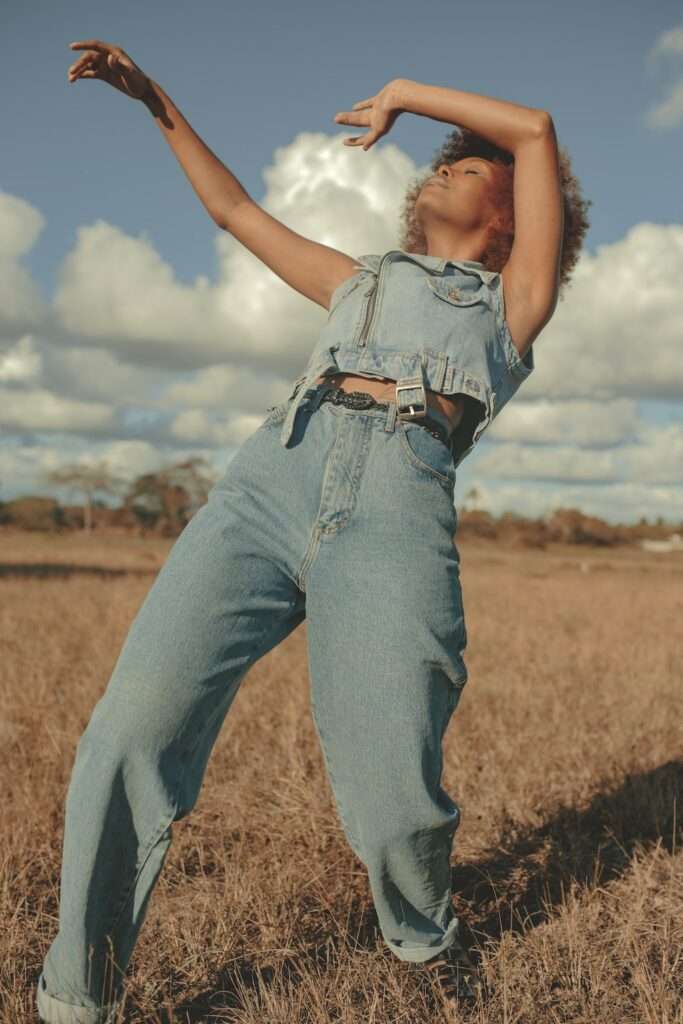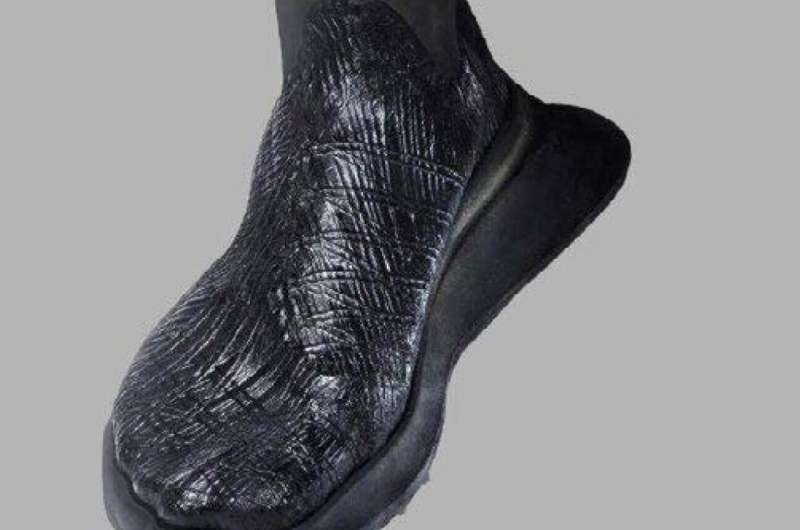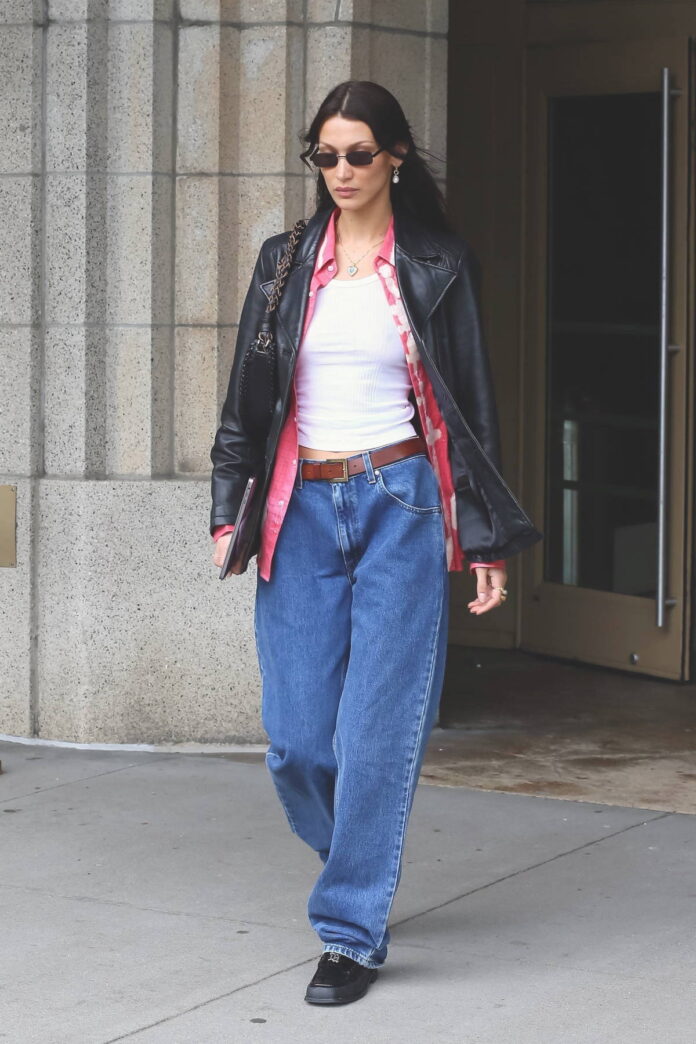With two new developments, one of the fashion industry’s biggest hurdles — material dyeing — could soon see more sustainable leather and denim production.
The fashion industry faces significant environmental challenges with fabric dyeing processes, one of the most polluting aspects of textile production. Traditional dyeing methods often require large amounts of water, contributing to water scarcity issues in vulnerable regions. Moreover, the discharge of untreated, dye-laden wastewater into rivers and ecosystems leads to severe pollution, affecting both aquatic life and human health. Synthetic dyes, especially those used for coloring fabrics like leather, contain harmful chemicals and heavy metals that pose risks to both the environment and the workers involved in the dyeing process. The energy-intensive nature of these methods further exacerbates the industry’s carbon footprint.
Innovations in eco-friendly dyeing techniques are crucial steps toward mitigating the environmental impact of fabric dyeing in the fashion industry — and two breakthroughs point to progress.
Better denim dyeing
Last month, researchers revealed a novel dyeing process they say is poised to dramatically transform the denim industry by reducing its environmental footprint. By employing Indican, a colorless compound sourced from the same plants as traditional indigo, the process could slash the environmental and societal harms of dyeing jeans by about 90 percent. This innovative approach eliminates the need for harmful chemicals, marking a significant step toward more sustainable fashion. The findings were published in the journal Nature Communications.

Ditte Hededam Welner, a researcher at the Novo Nordisk Foundation Center for Biosustainability Enzyme Engineering and Structural Biology, told AFP that it’s been known for some years that indigo could be replaced by another chemical called indican, “because you can use it without any strong chemicals.”
The revolutionary aspect of indican lies in its application. When turned into a powder and dissolved in water, it can be activated on fabric through light exposure or an enzyme, significantly diminishing the ecological damage traditionally caused by indigo dyeing. Specifically, light-driven dyeing could reduce environmental harm by 73 percent, and enzyme activation could reduce it by up to 92 percent, all while achieving the iconic blue hue associated with classic denim.
The research suggests that adopting indican for dyeing the nearly four billion pairs of jeans traded globally each year could notably decrease toxic waste production and carbon dioxide emissions. Despite potential challenges, such as the marginally higher cost of indican compared to conventional dye and the current lack of facilities to simulate large-scale production, the push toward sustainability in consumer preferences could render indican a commercially viable option for the industry.
‘Self-dyeing’ engineered vegan leather
The research coincides with a breakthrough at Imperial College London, where researchers have used genetically engineered bacteria to produce a sustainable, self-dyeing leather alternative. This innovative material, made without animal products and plastics, has been developed into shoe and wallet prototypes, demonstrating the potential for a more eco-friendly approach to fashion. The work, detailed in the journal Nature Biotechnology, showcases the possibility of producing textiles in various vibrant colors and patterns, offering a sustainable alternative to conventional materials like cotton and cashmere. Last summer, Danish luxury label Ganni debuted a vegan leather jacket made from bacterial cellulose in a partnership with Mexican materials company Polybion.
The Imperial College researchers altered the genes of a bacteria species known for producing microbial cellulose, instructing it to also generate the dark pigment eumelanin. Collaborating with designers, they cultivated the material into the shape of a shoe upper and a wallet, demonstrating the practical application of their findings. Additionally, they explored the ability to engineer the bacteria to produce colors in response to blue light, allowing for the projection of patterns and logos directly onto the material.
“Inventing a new, faster way to produce sustainable, self-dyed leather alternatives is a major achievement for synthetic biology and sustainable fashion,” said lead author Professor Tom Ellis. He highlighted the environmental benefits of using bacterial cellulose over traditional leather, noting its potential to reduce carbon emissions, water use, land use, and the reliance on petrochemicals.

Co-author Dr. Kenneth Walker pointed out the scalability of their technique and the importance of collaboration between scientists and designers in pushing the boundaries of sustainable fashion. “Our technique works at large enough scales to create real-life products, as shown by our prototypes. From here, we can consider aesthetics as well as alternative shapes, patterns, textiles, and colors,” Walker explained.
This endeavor could pave the way for creating eco-friendly fashion items as well as other possibilities for integrating sustainable materials into the broader industry. The research team is currently exploring various colored pigments that can be produced by the material-growing microbes. A collaboration with Modern Synthesis, a London-based biodesign and materials company, underscores the project’s potential impact on the industry, says Professor Ellis. “We look forward to working with the fashion industry to make the clothes we wear greener throughout the whole production line.”
Related on Ethos:


